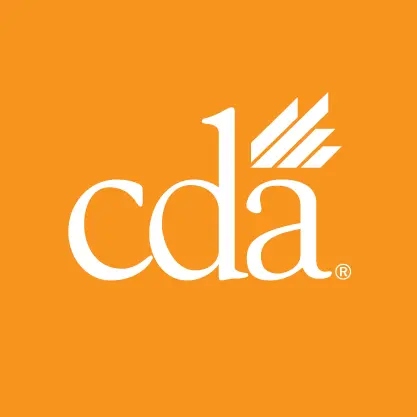Effective techniques for treating open gingival embrasures, a case report of a young patient with an odontogenic cyst, the science behind community water fluoridation and the genetics of bruxism in male construction workers are among the varied topics explored through research articles and case studies in the latest collection of the Journal of the California Dental Association. We highlight three of the articles here.
Dentists have two opportunities to earn C.E. credit by reading two articles and successfully completing an online quiz.
Evaluating the treatment of open gingival embrasures
“The treatment of open gingival embrasures areas, also known as black triangles, has always been a frequent reason for consultation in daily practice,” write the authors of “Minimally Invasive Cosmetic Restoration of Teeth Associated with Open Gingival Embrasures.”
In their descriptive case series, they describe and evaluate the performance of treatments of seven patients with black triangles in the anterior area using a direct composite resin with injection molding technique. While acknowledging that more longitudinal clinical studies are needed in the mid- to long-term, they concluded that the technique is “cost-effective, minimally traumatic, predictable and with a reproducible approach to achieve anterior black triangles closure and creation of pseudopapillas.”
Sharing the science of community water fluoridation to gain trust
The benefits and safety of water fluoridation are well-established with over eight decades of research, but some communities have ended CWF programs due to a lack of trust in their safety.
In “Truth Decay and Tooth Decay: The Role of Dental Teams in Sharing the Science of Community Water Fluoridation,” the authors discuss how emotions and trust in health programs impact decision-making — in this case, why a population may not be comfortable drinking their public water.
They also present robust evidence on community water fluoridation’s benefits and how dental teams can use that scientific data to build trust within their communities. Included are strategies, Q-and-A and other tools to aid dental team members’ discussions with patients and policymakers.
“Dental providers can build trust in CWF by learning the history of CWF research, addressing concerns about drinking public water, and integrating toolkits to build health literacy,” the authors write.
Dentists who read the article and successfully complete an online quiz can earn .5 C.E. credits.
Orthokeratinized odontogenic cyst in a young patient
An orthokeratinized odontogenic cyst is a rare development representing less than 1% of odontogenic cysts. It is a distinct entity from the odontogenic keratocyst and is most common in patients in their third or fourth decades of life.
In this case report, the authors present the differential diagnosis of an OOC in an 8-year-old concluding that “regular oral examinations and careful assessment of all routine imaging studies, especially panoramic radiographs in children, are critical to diagnose intraosseous lesions in a timely manner.”
More in this collection and a second opportunity to earn C.E.
- Building School Nurses’ Capacity to Undertake School Dental Screening: A Pilot Project in Santa Rosa, California
- Exploring Genetic Factors Involved in the Risk of Bruxism in Male Construction Workers
- YAP1 Rearrangement in Parotid Sclerosing Mucoepidermoid Carcinoma
- Truth Decay and Tooth Decay: The Role of Dental Teams in Sharing the Science of Community Water Fluoridation (read the article and complete a quiz to earn C.E. credit)
- Maxillary Third Molar Displacement into the Infratemporal Fossa: The Diagnosis and Management of a Rare Dentoalveolar Complication in Routine Oral and Maxillofacial Surgery (C.E. opportunity)

